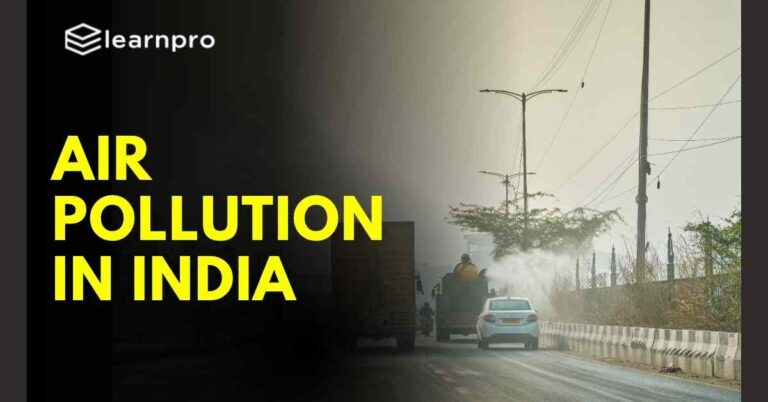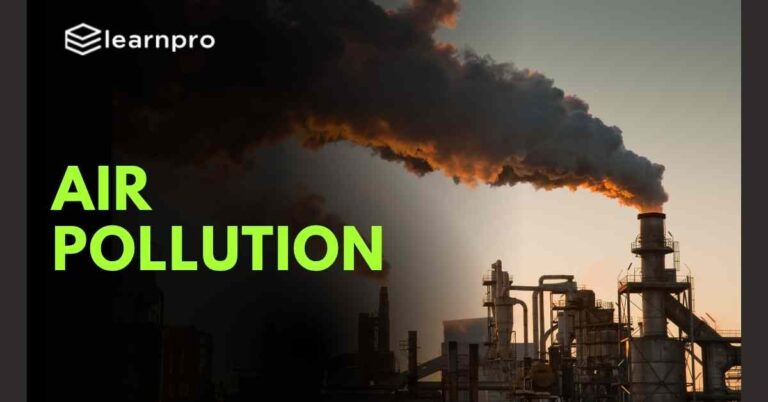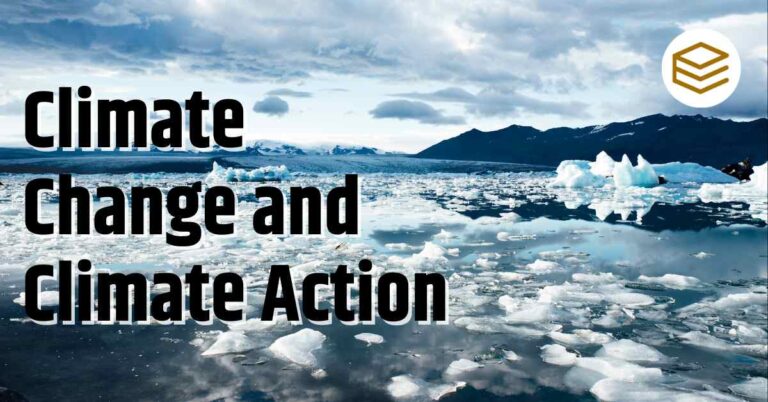October 25, 2025 12:33 am
Subject: Environment
Section: Climate Change
Topic: Reducing CO2 Emissions in India’s Transport Sector
India’s transport sector, a significant contributor to carbon emissions, stands at a crossroads. According to a recent study by the World Resources Institute (WRI) India, there is a tremendous opportunity to transform the sector and reduce carbon dioxide (CO₂) emissions by up to 71% by 2050. This ambitious target can be reached through comprehensive strategies focusing on electrification, fuel economy improvements, and modal shifts to cleaner transportation.
Why This Matters
The urgency to address CO₂ emissions from the transport sector cannot be overstated. The sector was responsible for 14% of India’s total energy-related CO₂ emissions in 2020. As one of the fastest-growing economies, India’s carbon emissions are under global scrutiny. The country’s ability to align its transport policies with climate goals will be crucial for achieving its net-zero emissions target by 2070 and contributing to the global fight against climate change.

The Business as Usual (BAU) Scenario
If India continues on its current path without implementing high-ambition strategies, the transport sector will remain heavily reliant on fossil fuels until 2050. The resulting emissions would exacerbate global warming, making it even harder to stay within the 1.5°C global warming threshold outlined in the Paris Agreement.
71% Emissions Reduction: A Pathway to Sustainability
The WRI India study reveals that with bold measures, India’s transport-related CO₂ emissions could be cut by up to 71% by 2050. This requires transformative action across three major areas:
1. Electrification of Transport
- Electric Vehicles (EVs): Accelerating the adoption of EVs across all vehicle segments, including personal cars, buses, and freight transport.
- Infrastructure Development: Expanding EV charging networks and ensuring that the electricity grid is powered by renewable energy sources.
- CO₂ Abatement Potential: The study estimates an annual abatement of 121 metric tonnes of CO₂ equivalent (MtCO₂e) through widespread EV adoption.
2. Fuel Economy Improvements
- Fuel Efficiency Standards: Implementing stringent regulations to enhance fuel efficiency across all vehicle types. This includes passenger vehicles, commercial trucks, and two-wheelers.
- Technology Advancements: Encouraging the adoption of advanced technologies like hybrid engines and aerodynamic designs to minimize fuel consumption.
- Policy Measures: Setting ambitious fuel economy targets and providing incentives for manufacturers to innovate and adopt greener technologies.
3. Modal Shift to Cleaner Transport
- Public Transportation: Investing in reliable and efficient public transport systems, such as buses, metro networks, and trains, to reduce the dependence on personal vehicles.
- Non-Motorized Transport: Promoting cycling and walking by building pedestrian-friendly infrastructure and safe cycling lanes.
- Sustainable Urban Planning: Designing cities that prioritize clean and efficient transportation options, reducing traffic congestion and pollution.
The Broader Impact of Transport Emissions
Globally, carbon dioxide accounts for 76% of all greenhouse gas emissions, with transportation being a major source. India is the third-largest emitter of CO₂, contributing around 7% of global emissions. As a signatory to the Paris Agreement, India is committed to limiting global warming to well below 2°C. Achieving this requires a significant reduction in emissions, especially from high-impact sectors like transportation.
Key Statistics
- India’s Transport Emissions (2020): 14% of the country’s total energy-related CO₂ emissions.
- Global Carbon Budget: The world must drastically cut emissions to stay within the remaining carbon budget for the 1.5°C threshold.
- Per Capita Emissions: India’s per capita CO₂ emissions are approximately 1.9 tonnes, lower than the global average but rising rapidly.
WRI India: Leading the Charge for a Low-Carbon Economy
The World Resources Institute (WRI) was founded in 1982 and operates in over 60 countries, including India. Since its establishment in 2011, WRI India has focused on developing sustainable solutions for cities, water management, and energy transitions. The organization works with national and local governments, businesses, and civil society to promote a low-carbon economy that is both environmentally and economically viable.
WRI India’s Areas of Focus
- Sustainable Cities: Working on urban planning projects that prioritize green mobility and efficient energy use.
- Climate Action: Supporting India’s climate goals by developing policies that reduce greenhouse gas emissions.
- Collaborative Efforts: Partnering with various stakeholders to create innovative and practical solutions for climate change mitigation.
The Role of Carbon Sequestration
Forests, including the Amazon Rainforest and India’s own green cover, act as natural carbon sinks, absorbing 25-30% of the world’s CO₂ emissions annually. Protecting and expanding these carbon sinks is crucial for offsetting emissions from sectors like transportation.
Conclusion
Reducing CO₂ emissions from India’s transport sector is not just a national priority but a global necessity. The high-ambition strategies outlined by WRI India provide a clear roadmap for achieving this. By investing in electrification, enhancing fuel efficiency, and promoting cleaner modes of transportation, India can significantly cut its emissions and set an example for other developing nations. The stakes are high, but the potential for positive change is even higher.
Stay tuned for more updates on India’s journey toward a sustainable, low-carbon future.
Prelims Questions
- Consider the following statements about the World Resources Institute (WRI):
- WRI operates only in developing countries and focuses solely on climate change.
- WRI India is legally registered as the India Resources Trust and works on urban sustainability and a low-carbon economy.
- (a) 1 only
- (b) 2 only
- (c) Both 1 and 2
- (d) Neither 1 nor 2
Explanation: WRI operates globally, including developed and developing countries, and focuses on various areas such as food, forests, water, energy, cities, and climate. - With reference to India’s transport sector, consider the following statements:
- In 2020, the transport sector contributed more than 20% of India’s total energy-related CO₂ emissions.
- Electrification and improving fuel economy are identified as key strategies to reduce emissions.
- (a) 1 only
- (b) 2 only
- (c) Both 1 and 2
- (d) Neither 1 nor 2
Explanation: The transport sector contributed 14% of India’s energy-related CO₂ emissions in 2020, not more than 20%. Electrification and fuel economy improvements are indeed key strategies.
Mains Question
Discuss the significance of high-ambition strategies in reducing CO₂ emissions from India’s transport sector by 2050. What challenges might arise in implementing these strategies, and how can they be addressed?
Answer Framework:
- Introduction: Mention the importance of reducing CO₂ emissions in line with India’s climate goals.
- Body:
- High-Ambition Strategies: Explain electrification, fuel economy standards, and modal shifts.
- Challenges: Discuss barriers such as infrastructure gaps, investment needs, technological limitations, and policy implementation issues.
- Solutions: Recommend measures like public-private partnerships, incentivizing clean technologies, and robust policy frameworks.
- Conclusion: Emphasize the long-term benefits of these strategies for both the environment and India’s sustainable development.
Explanation:
- High-Ambition Strategies: Essential for meeting global climate commitments and improving air quality.
- Challenges: Infrastructure development for EVs, financial constraints, and the slow adoption of cleaner technologies.
- Solutions: Government incentives, international collaboration, and awareness campaigns can accelerate the transition.





